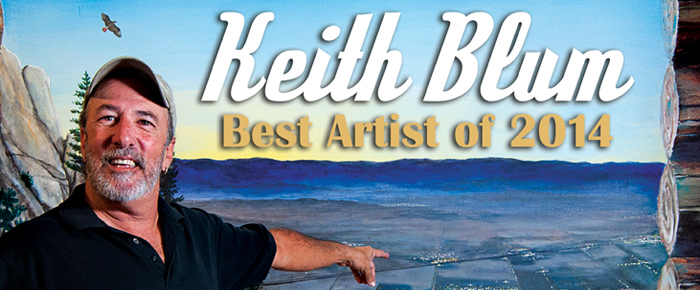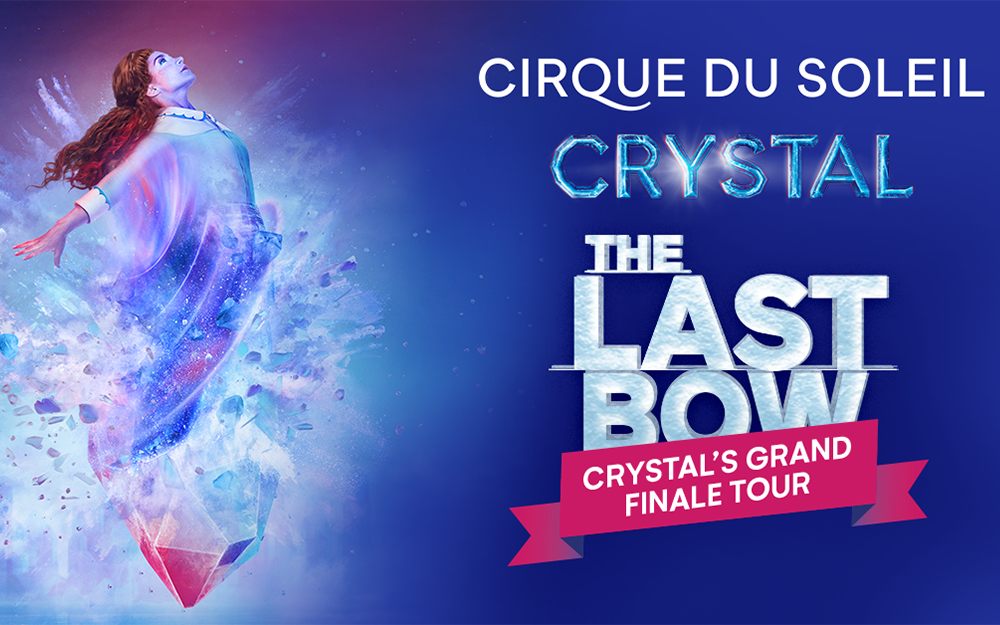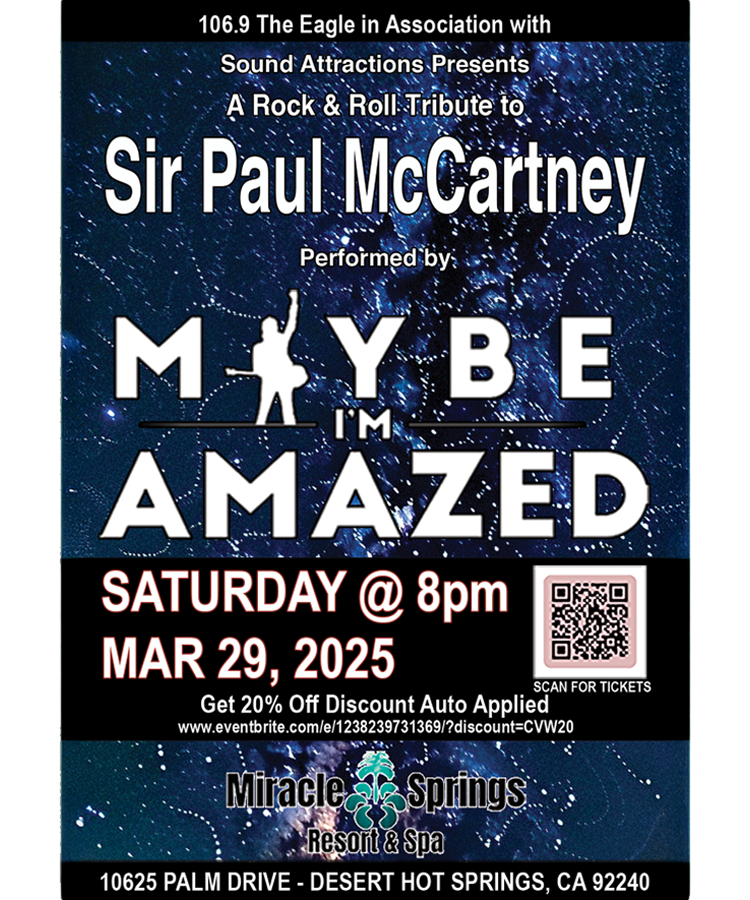
Photos and article by Scott Pam
Since its inaugural ride on September 12, 1963, the Palm Springs Aerial Tramway has been considered by some to be the Eighth Wonder of the world. The concept of the tram was conceived in 1935, when Francis Crocker was visiting Banning and saw the snowcapped peak while mopping the sweat from his brow. He knew it had to be cooler up at the top of that peak.
Through years of planning and construction, and all funded privately, Mr. Crocker worked with local and state officials to get the various permits and zoning required to bring about his vision. Helicopters flew 26,000 missions during the 26 months of construction to construct the towers and the Mountain Station.
Nearly 18 million people have taken the 10 minute, two and half mile ride to the top of Mount San Jacinto. I remember going up the tram before the upgrade – I was amazed at the view and could see clear across the valley and into Joshua Tree State Park from the top. The only other view that I could even relate this to was being at the top of the World Trade Center’s South building, where I visited regularly and eventually worked in the 90s.
In 2000, the tram cars and facilities were updated so that passengers are now riding the largest rotating tram cars built. It is a bit disconcerting at first to be moving in multiple directions – up, as we ride the cables, sideways, as the car moves in the wind and from people moving, and then around as the inside of the car rotates to give everyone the enormous view of the valley – but I got used to it as I focused on the view and not losing my cell phone as trying to get a quick shot for Facebook from the windows that are slightly open for the mountain air to cool the car.
At the top sits the Mountain Station at an elevation of 8,516 feet. The station has a waiting room, two restaurants and a bar, and has private banquet rooms for special occasions, weddings and corporate events.
Up until about 3 weeks ago, the waiting room was a plain white walled room, with a window that looked onto the 120 ton counterweights that keep the tension on the cables as the tram is moving.
Master trompe l’oeil artist Keith Blum changed the waiting room into a 3-D log cabin with a stone hearth fireplace and window looking out over the valley on the other wall. Trompe L’oeil murals use realistic imagery to create an optical illusion so that the objects in the painting exist in three dimensions. Visitors are treated to the interior of a log cabin with a hearth fireplace as they enter the waiting room for their trip back down to the Valley Station. The perspective from the entrance makes the fireplace, books, lamps and walls look as if they are real and 3-dimensional. Only upon closer inspection can you tell that the fireplace is a painting and not built into the log cabin wall.
Trompe l’oeil was used by the great Renaissance period painters who used it to create the illusion of objects being real rather than painted. In America, trompe l’oeil can be traced back to Philadelphia and Charles Wilson Peale in 1795, when he painted a double portrait of his sons.
Keith recently was nominated and awarded the title of “Best Artist 2014” from the Coachella Valley Weekly readers. While Keith was painting the room, “The Artist”, a new reality series featuring the life of Keith Blum as he changes the “plain” into mural masterpieces, was filming their pilot for the new series. The series focuses on exploring Keith’s life and the impact of art within a community and features David Wright as Keith’s apprentice and Bruce Carson, who is the project manager.
Keith started drawing when he was 7. Like some other artists, his parents thought that he would be better off on a different career path. He did his first mural at 29, when he told his wife at that time what he wanted to do and completed it. She was not sure of the outcome and Keith assured her that if it didn’t look good, he would just put a coat of paint over it. He knew at that moment, that this was what he wanted to do.
I got a chance to sit and talk with Keith before the unveiling of the murals in the waiting room.
SP: Keith, when did you realize you had an interest in art?
KB: My interest in art started when I was about 7 years old. I went to have my tonsils taken out. They put me into a waiting room and the nurse said, “Play with a coloring book.” I said, “I don’t like coloring books.”
“Play with one of these toys.” I said, “I don’t like playing with toys.”
Frustrated, she got a piece of blank paper and handed it to me, and handed me a crayon and said, “Draw that racecar” and walked out of the room. I sketched the racecar and drew it out really good and the best I could and she came back in a few minutes later.
She asked, “Who drew that?” I said, “I did.” She thought my mother came in and drew it. She grabbed my hand and picked up the paper and took me out into the hall where my mother was and said, “Did you know your child can draw this well? He can DRAW!” I’ve been drawing ever since.
SP: Did you ever take art courses in grade school, junior high or high school?
KB: I took one art course in junior high school and quit it after two weeks.
SP: So you didn’t take any art in school, you started basically with just that drawing?
KB: I didn’t paint my first mural until I was 29 years old.
SP: Do you remember it?
KB: Sure! I was married at the time and bought a little house, it was our first house. In the breakfast room I had laid a black and white checkerboard floor with linoleum tiles – the room was so small.
I said to my wife, “I have this vision, I’m gonna paint the black and white floor to go on the wall as if the wall is not there with all of this perspective, so when you walk in the room it will feel bigger.” She said, “No you’re not.” We had this big argument, and the way I resolved it was I promised her if she didn’t like it when it was done, I would roll paint back over the wall.
I spent the next day and a half painting this floor with the lighting and shadows.
When I was done, she said, “Now you did the floor, you have to put up a balustrade rail, and then you need some tree tops coming up from the other side,” and it turned into this whole mural. I fell in love with doing murals right then and there.
SP: From the time you were seven until you were 29, 22 years, did you make any money in art? What were you doing?
KB: No. I drew and sketched and did some light canvas for fun, never took it too seriously. I had fantasies about being an artist, but never thought I was good enough. My mom and step-dad used to tell me, “It’s unrealistic to think you could ever make a living at art, so don’t even bother.”
So I didn’t bother. I was a hairstylist, a jewelry salesman, a clothing salesman, and did all kinds of other things. I was a hairstylist when I painted that first mural in that house with my wife and owned a beauty salon down in Santa Monica. Within a year I sold the shop and became a professional mural artist.
SP: When was your first paid mural?
KB: When I was 29. What happened was I did my house and then I did my mother-in-law’s house and then did my next door neighbor’s house and then kept doing friend’s places.
Then I did a house that my sister owned, and her neighbor saw it, and she said, “Will you paint something on the ceiling in my bathroom?” They hugged me and paid me at the end. I carried that check in my pocket for three weeks. I kept looking at it. In the memo section it said “Mural Art.”
SP: How much was it?
KB: $200, it felt like $200,000!
SP: How long does it take paint a mural?
KB: It depends. If you paint 300 square feet of sky, you could do it in a couple of days. If you paint 300 square feet and it’s a view of Manhattan, it’s gonna take you three, four weeks. It’s all a matter of detail and size is only one element. More importantly is the amount of detail.
SP: What kind of paint do you put on the wall? It’s not just house paint?
KB: Some of it is like house paint. I use acrylic, which is water based, and I also use latex, which is water based which people use on their houses.
SP: Where do you find your inspiration for these murals?
KB: Doing a mural is like this: an artist who paints a blank canvas and then he’s gonna sell the canvas later, can paint anything he wants. When I go to someone’s home to paint a mural, I am on a mission. I have a challenge. They have this wall and want the room to look bigger or they want this room to look outside or they want a staircase going up. So my challenge is always to fit the venue I’m at.
When I came up here to the Tram, I looked at that room and asked, “What do we need in this room?” The room was so bland and so white. We’re up on top of a mountain; we should be inside a log cabin. If you have a log cabin you need a stone fireplace. Then I did the other wall with the view from the mountain top at sunrise since I love early morning. I thought that would look cool with the little lights from the city in it.
SP: Once it’s done, do you use some kind of sealer or fixative to protect the mural?
KB: Certain jobs require a sealer like if you do a job in a restaurant, you want a sealer because people are gonna splatter and splash food and they are gonna wash the walls constantly. For an exterior wall with a Southern exposure, you wanna put a sealer because the sun is gonna fade it and bleach it. Other than that I don’t recommend sealers because they have a sheen to them, and it will ruin the perspective.
SP: Has anyone ever defaced a mural?
KB: They wrote their name vertically on a fabric store mural. The owners called me up and asked if I could fix it. So I painted a picture of me painting a picture right over the letters. I added another level to the mural.
SP: How does it feel to be nominated as the Valley’s Best Artist of Coachella Valley 2014?
KB: I was nominated last January, but just a week or so ago, on the 31st, I won. That was really cool. I was really excited. That was a big thrill for me! I loved it!
SP: You are also doing a reality show. How did that happen?
KB: I had made a DVD at a sound stage facility, the Palm Springs Film Factory in Thousand Palms and the gentleman who was the stage manager directed it. It was a DVD where I teach viewers how to paint 3D illusions. Bruce Carson, our director on the show, had edited the DVD.
Bruce called me up and said, “I got an idea after watching you on film, watching you paint, we have to do a reality show on you. Going from one location to another and with all of the challenges you face doing murals.” I said, “I’m in!”
SP: How long have you been filming the reality show?
KB: About three weeks. This is our pilot episode.
SP: What would you tell young people who are just starting out in art or photography?
KB: I would tell them, “Go with your guts and ignore everyone else.”
If your gut tells you it’s the right thing for you, then you gotta do it. One thing I have learned is your gut is never wrong. Go with your gut, follow your instincts and passions; you only live once.
Contact Keith at phone number (818)437-5617
website www.keithblum.com
email kblum@dc.rr.com










































